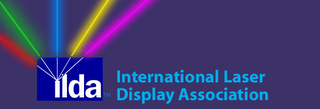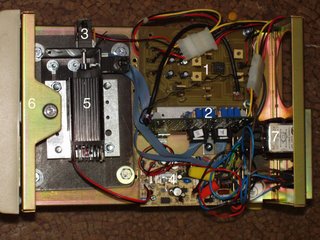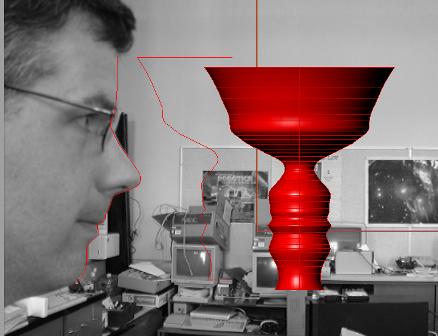
This is a club I would join. How cool would this look on a resume? "Member International Laser Show Designer Association".
There are actually standards for laser shows which is interesting. I suppose the most significant is "do not look into laser show". Or possibly "do not use laser show to dissect spies".
I needed to do a little research on the ILDA mainly for the file format. Laser shows are basically vector art. Think "Asteroids" or "Tempest" if you recall your 80's video games. Or think Corel Draw or Adobe Illustrator or AutoCad if you know your computer graphics. The rest of you remember high school geometry - two points can be joined by a line. OK... think "connect the dots"...
A laser show is a picture created by defining a set of points (vertices) and drawing lines between them. The data for the show I've built is created in Pangolin Laser Show Designer. It's pretty basic, and hard to use on the Amiga (I need a new mouse, or a digitizer). It also stores the points data in a binary file using the .LSD format.
Most laser shows now use the .ILD format, which is slightly different and allows the more sophisticated gear laser shows are packing these days.
I wanted to create shows using software I knew how to use, or software that I could get for cheap-as-free ( as opposed to buying a copy of Mamba Black which would set me back E299 -what's a Euro going for these days?).
Fortunately I stumbled across someone's attempt at building a laser show controller in Visual Basic, which gave me some of the file formats. I've been monkeying with the program for some time now, but I can now say I've kludged a very nice system:
"If you've done six impossible things before breakfast, why not round it off at Milliways, the Restaurant at the End of the Universe"
I think this qualifies....




